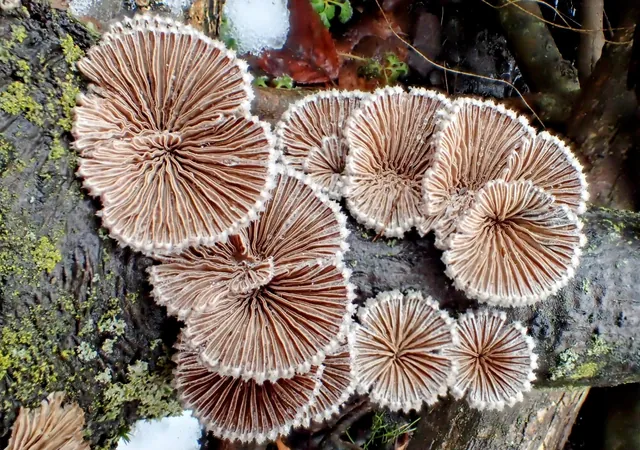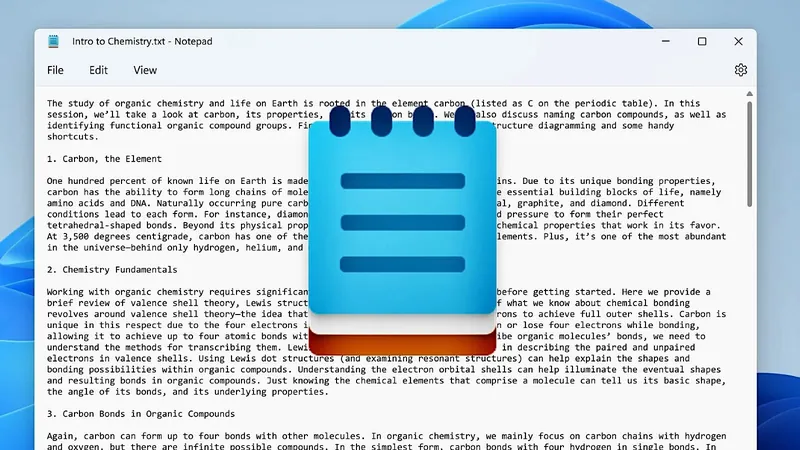
Unlocking Nature's Potential: How Mushrooms Could Revolutionize Material Design
2025-06-10
Author: Siti
A Fungal Revolution in Sustainability
Researchers at McMaster University have made groundbreaking strides in sustainable material design, focusing on the innovative properties of fungi. Specifically, the common split gill mushroom (Schizophyllum commune) has emerged as a game changer, boasting over 23,000 mating types—making it a treasure trove for genetic exploration.
From Fungi to Future Materials
Mushrooms create mycelium, a fibrous network that, once processed, can serve as a biodegradable alternative to conventional materials like plastics and leather. However, the resulting materials can differ significantly in strength, flexibility, and water resistance depending on the specific growth conditions.
Exploring Genetic Diversity for Material Innovation
To optimize the properties of mycelium fabrics, researchers studied 16 different strains, including four monokaryons and twelve dikaryotic offspring, to assess material yield and quality. Their findings revealed that both mitochondrial and nuclear DNA play crucial roles in determining the characteristics of the resulting films.
Crafting Unique Films Through Advanced Techniques
Utilizing a liquid fermentation approach, the team cultivated mats of mycelium over 12 days, applying two chemical crosslinkers—polyethylene glycol (PEG) and glycerol. These treatments transformed the fluffy mycelium into robust solid films.
According to Professor Jianping Xu, this process allows scientists to harness natural genetic variations to create materials tailored for various applications.
A Closer Look at Material Properties
The films showcased distinct traits: glycerol created flexible sheets, while PEG produced stiffer but more brittle films. Some strains, like the αδ, exhibited impressive ductility when treated with PEG, highlighting the complex interplay between genetics and material characteristics.
Electrical Microscopy Reveals Structural Insights
Using electron microscopes, researchers analyzed the fiber structures of the films. PEG-treated films featured more aerial hyphae and rougher surfaces, influencing their breakage patterns—glycerol films were smooth yet showcased different water-absorption behaviors.
Water Interaction: A Key Factor in Applications
Testing revealed significant differences in water interaction; PEG films demonstrated superior absorbency due to their superwicking properties, while glycerol films maintained a consistent moisture attraction, making them ideal for packaging and wearable materials.
Towards a Greener Tomorrow with Mushroom Materials
This research isn't merely theoretical; it outlines a practical approach to generating eco-friendly materials using biological processes. By leveraging the natural variations in fungal genetics, scientists can streamline the development of sustainable alternatives across various industries.
Challenges and Future Prospects
However, challenges remain—untreated control films broke down too quickly to test, and the full range of genetic combinations hasn’t been explored. Standardizing strain selection and mapping genetic traits to material qualities still needs extensive work. Nevertheless, this pioneering research lays the groundwork for future innovations in sustainability.
Harnessing Nature's Recipes in Material Design
This study fundamentally shifts our perspective on material design, suggesting we can now find solutions within nature’s own genetic blueprint rather than forcing adaptations. The split gill mushroom stands as a beacon of biodiversity, showcasing that nature indeed offers recipes for sustainable advancement.
A Call to Action
For those invested in sustainable futures, this is a pivotal moment to explore the vast possibilities of mushroom-derived materials—a true testament to innovation rooted in nature.




 Brasil (PT)
Brasil (PT)
 Canada (EN)
Canada (EN)
 Chile (ES)
Chile (ES)
 Česko (CS)
Česko (CS)
 대한민국 (KO)
대한민국 (KO)
 España (ES)
España (ES)
 France (FR)
France (FR)
 Hong Kong (EN)
Hong Kong (EN)
 Italia (IT)
Italia (IT)
 日本 (JA)
日本 (JA)
 Magyarország (HU)
Magyarország (HU)
 Norge (NO)
Norge (NO)
 Polska (PL)
Polska (PL)
 Schweiz (DE)
Schweiz (DE)
 Singapore (EN)
Singapore (EN)
 Sverige (SV)
Sverige (SV)
 Suomi (FI)
Suomi (FI)
 Türkiye (TR)
Türkiye (TR)
 الإمارات العربية المتحدة (AR)
الإمارات العربية المتحدة (AR)